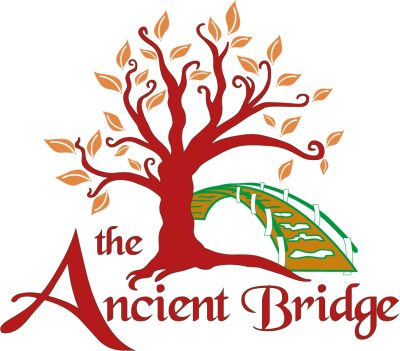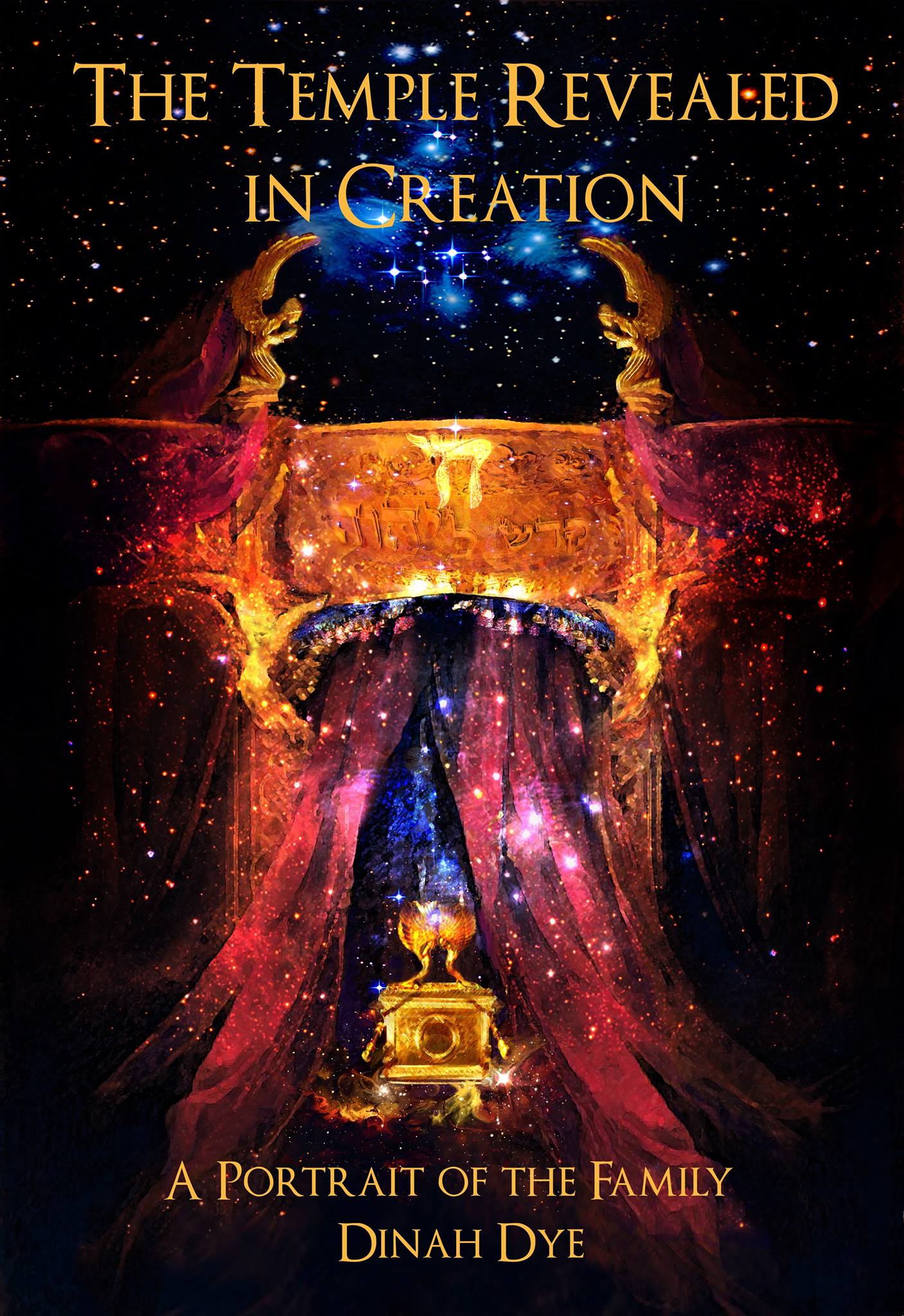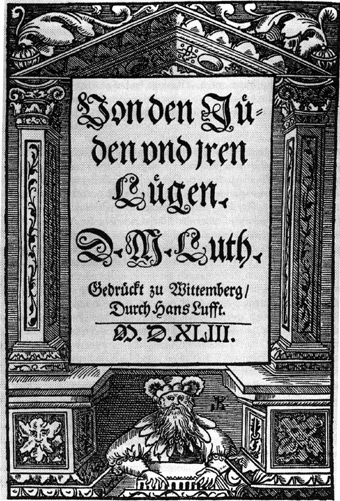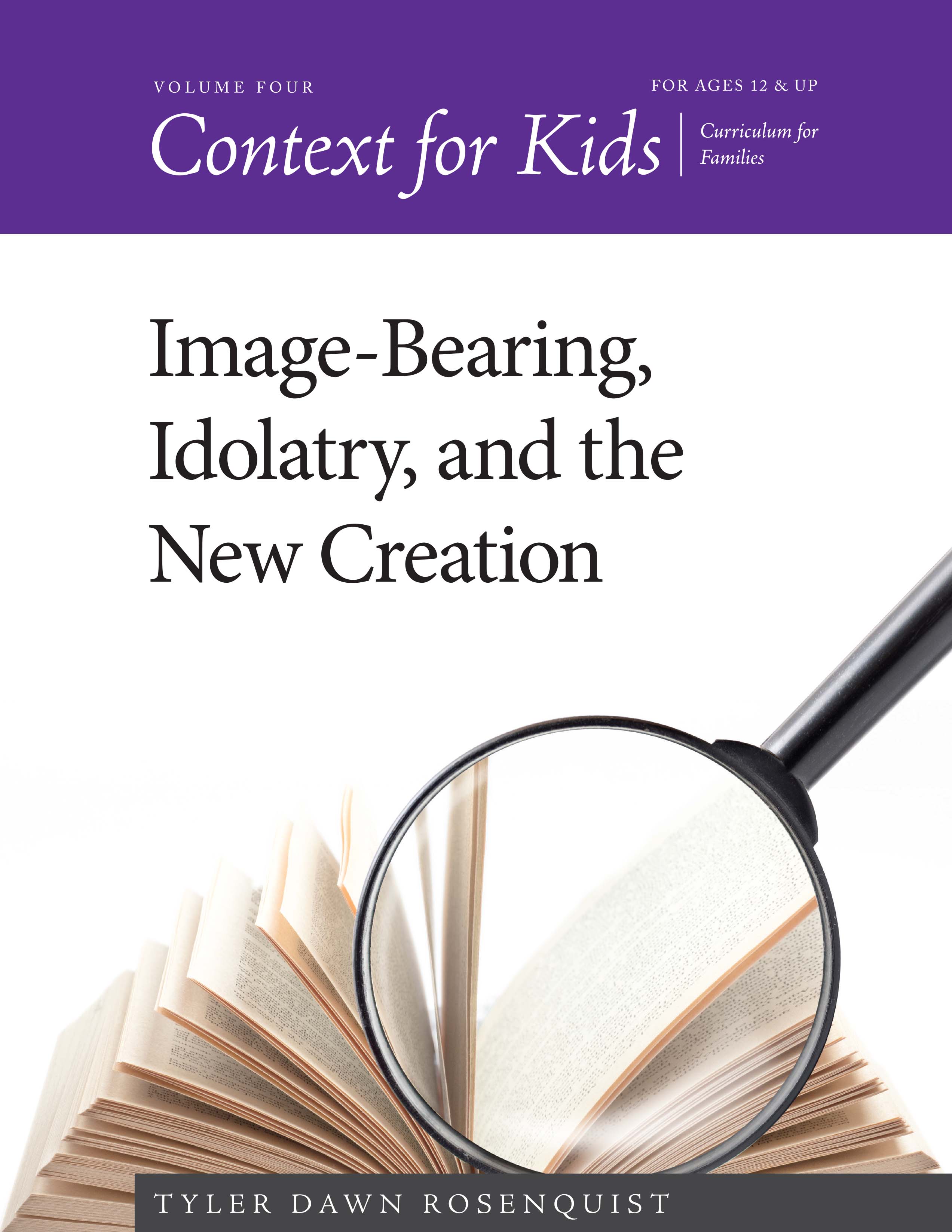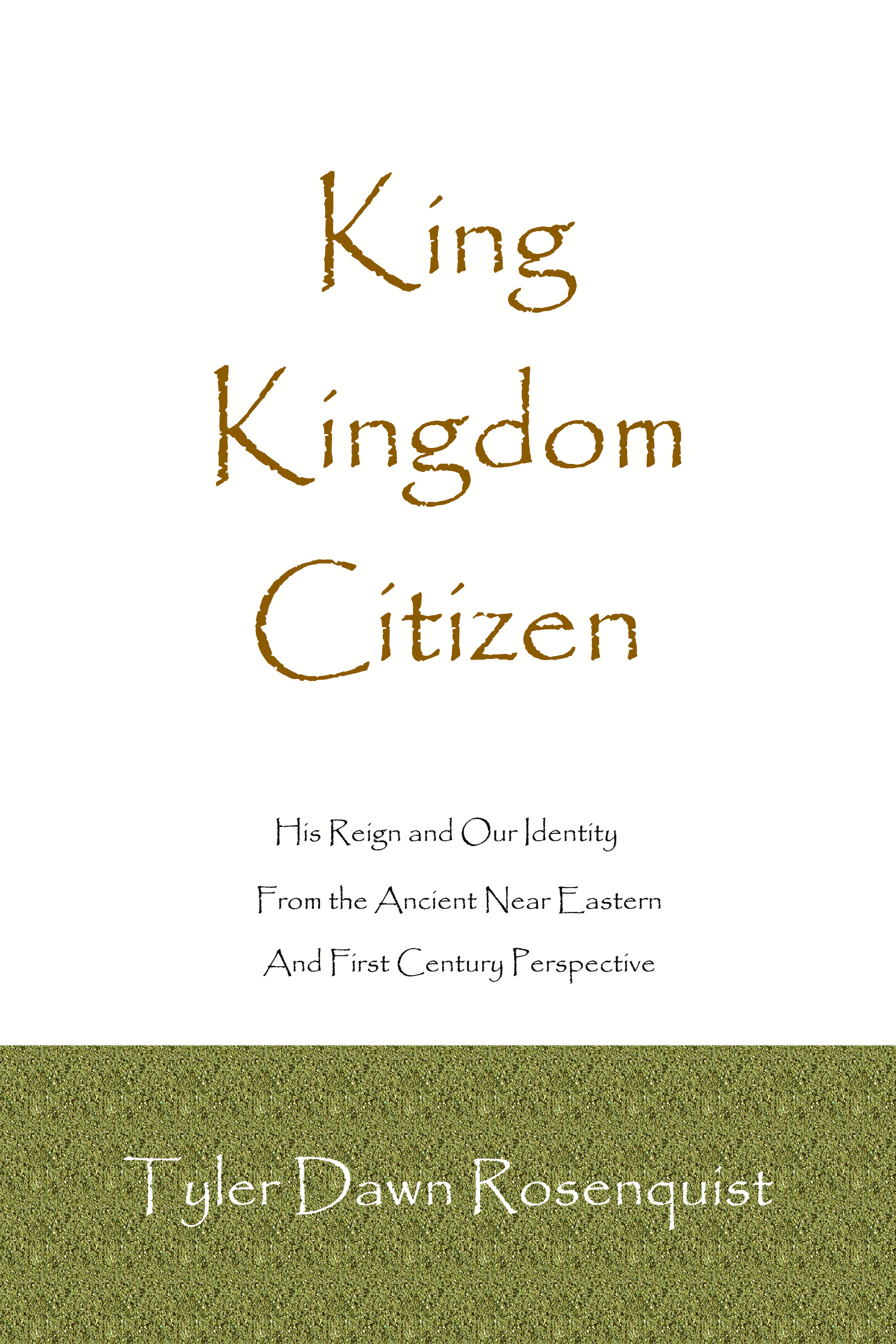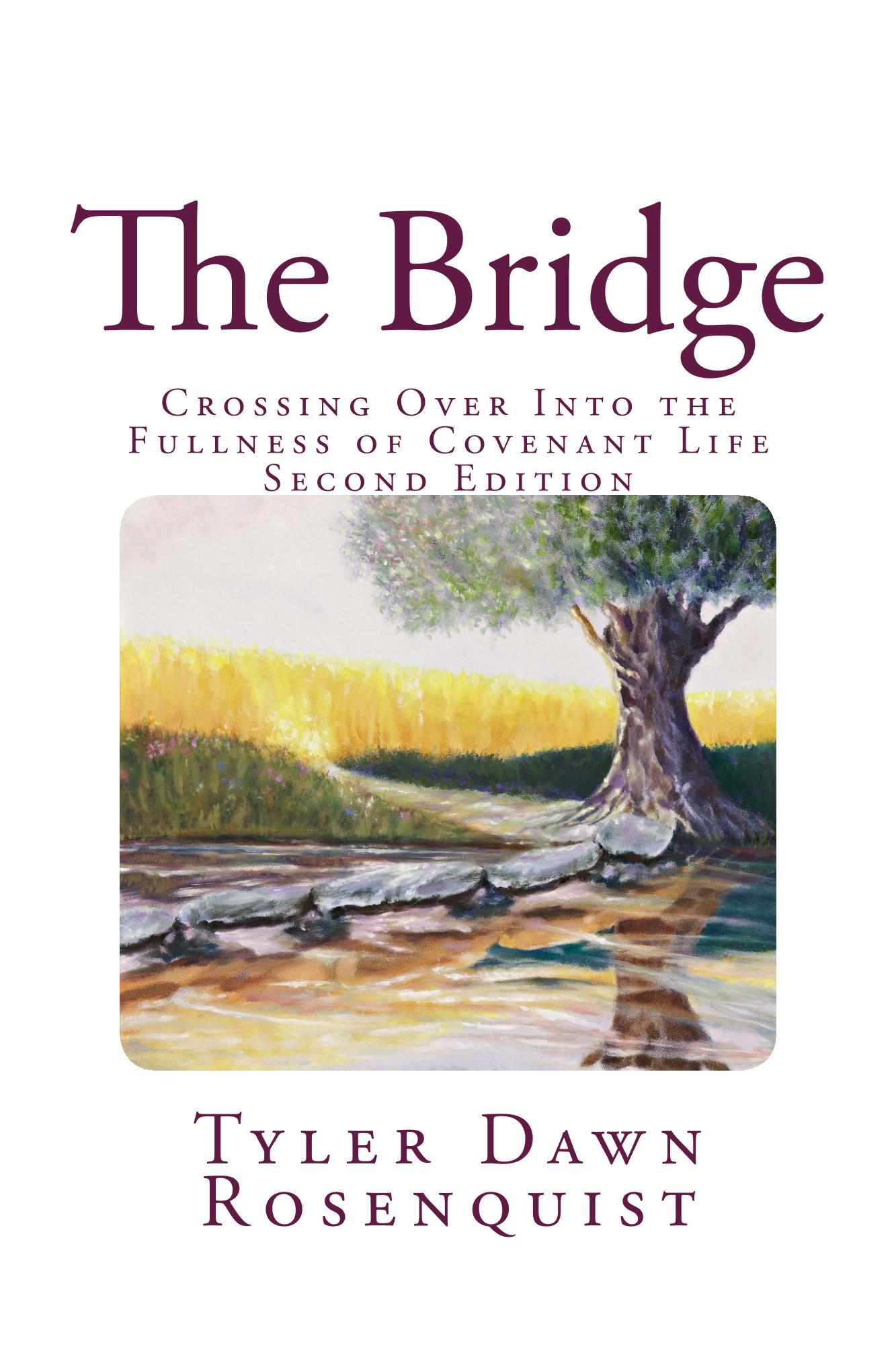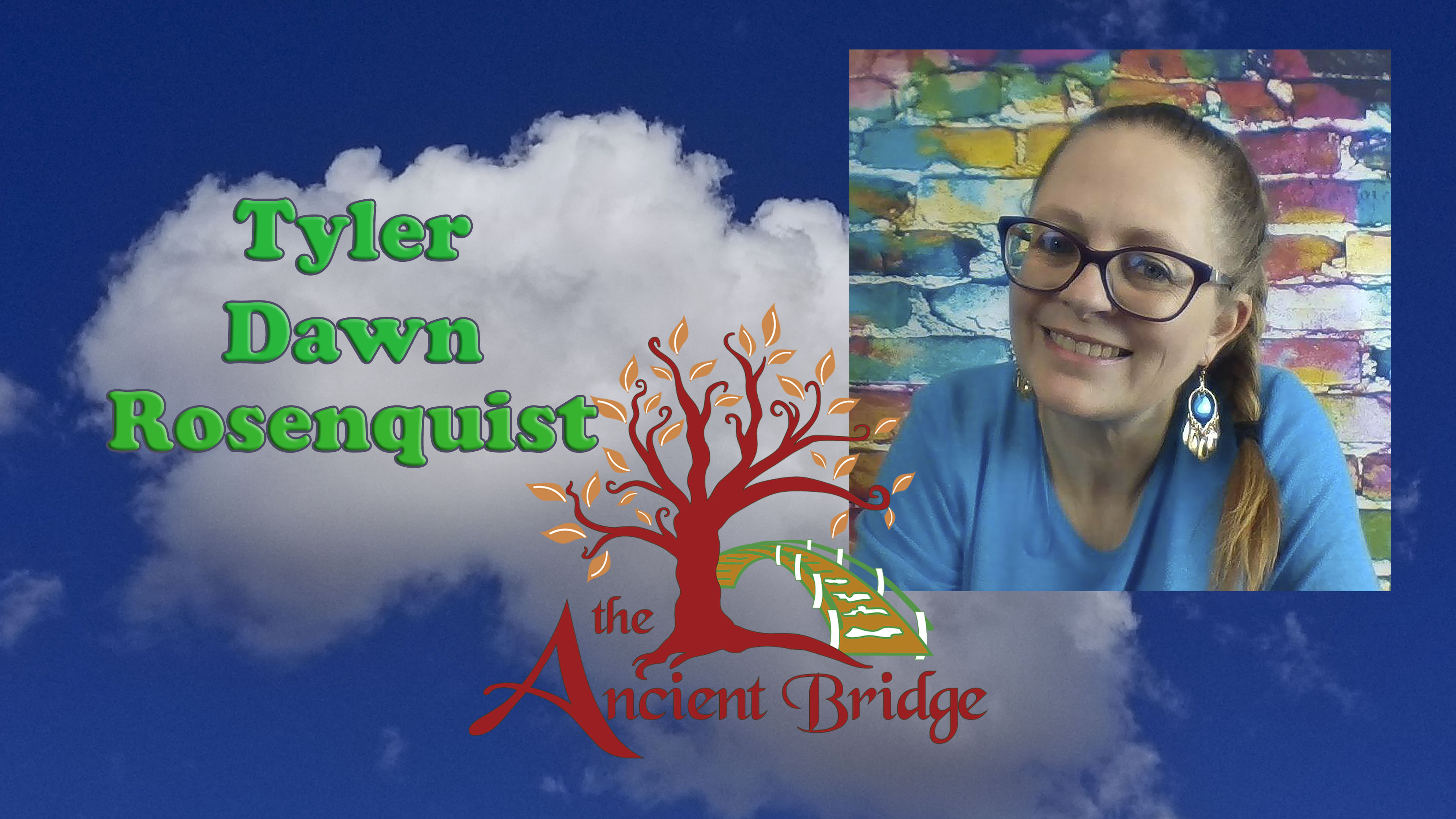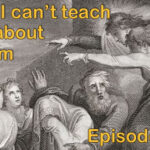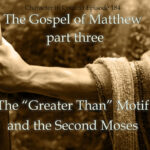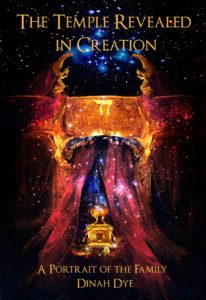 When I talk to people about Dr. Dinah Dye’s first book, they invariably heap praise upon the Midrashic sections. Midrashic literature is a classically Jewish form of writing, creating “what if” stories that fill in the blanks within the Scripture narrative. It is easy to forget that Bible characters were not characters but instead historical figures, aka real flesh and blood people. Midrash brings life to these people, long dead, through creative storytelling that is not meant to replace the Bible, or stand on equal par with it, but to bring color to it. Most people are familiar with the “Book of Jasher” aka Sefer haYasher, written in 1552 in France – that is a classic example of Midrashic fiction (not to be confused with the actual lost book mentioned in the Bible, one of many texts referred to that we no longer have). Dinah is about halfway through writing Volume 2 – The Temple Revealed in the Garden. I am telling you, you are really going to want it. The detail she is going into about the Tabernacle/Temple is just phenomenal – not in a dry, scientific way but by placing you in that environment. Believe me, Dinah has a gift for making you see, feel, hear, smell and taste everything. Like I always tell her, she’s an artist! Dinah’s website is www.foundationsintorah.com if you would like to formally study with her and take advantage of over 30 years of serious research. If you want to order her book, here is the link
When I talk to people about Dr. Dinah Dye’s first book, they invariably heap praise upon the Midrashic sections. Midrashic literature is a classically Jewish form of writing, creating “what if” stories that fill in the blanks within the Scripture narrative. It is easy to forget that Bible characters were not characters but instead historical figures, aka real flesh and blood people. Midrash brings life to these people, long dead, through creative storytelling that is not meant to replace the Bible, or stand on equal par with it, but to bring color to it. Most people are familiar with the “Book of Jasher” aka Sefer haYasher, written in 1552 in France – that is a classic example of Midrashic fiction (not to be confused with the actual lost book mentioned in the Bible, one of many texts referred to that we no longer have). Dinah is about halfway through writing Volume 2 – The Temple Revealed in the Garden. I am telling you, you are really going to want it. The detail she is going into about the Tabernacle/Temple is just phenomenal – not in a dry, scientific way but by placing you in that environment. Believe me, Dinah has a gift for making you see, feel, hear, smell and taste everything. Like I always tell her, she’s an artist! Dinah’s website is www.foundationsintorah.com if you would like to formally study with her and take advantage of over 30 years of serious research. If you want to order her book, here is the link
PROLOGUE
In the fifteenth day of the seventh month you are to have a holy convocation…you are to observe a feast to Adonai seven days…in addition to the regular burnt offerings with its grain and drink offerings (Num. 29.12,16).
Darkness crept over the city of Jerusalem. The moon appeared above the horizon casting its silvery glow on the stone walls of the Temple buildings. It glimmered across the cold pavement of the Court of the Women where a large crowd had gathered. It was the last night of Sukkot (Feast of Tabernacles), and the excitement was palpable.
As the light from the moon intensified, four young priests-in-training, called “the flowers of Priesthood,” climbed up four ladders which were propped against four large lamp stands that stood in the Women’s Court. The young priests steadily scaled the ladders so as not to spill a drop of the pressed olive oil they carried in open pitchers. The olive oil was the fuel source for the great lamps. Once the young priests reached the large vats that were mounted on the lamp stands, they quickly poured the oil to light both the outer and inner lamps. Wicks for the outer lamps were made from the old trousers of the priests; wicks for the inner lamps were made from the trousers of the high priest himself. Once the wicks were lit, the night was ablaze; every corner and courtyard of Jerusalem was illuminated as though it were noonday.
The mood of the crowd was electric. The atmosphere in the Court of the Women had been supernaturally transformed. The men held burning torches and danced with reverent jubilation while Levitical priests played musical instruments with great exuberance and passion. The great scholars and sages of Israel were among those who had gathered in the courtyard. These men were well-known not only for their scholarship but also for their piety and character. Yet they participated joyfully in the celebration with hand clapping, foot stomping, and enthusiastic singing. An audible gasp rose from the crowd as Rabbi Shimon Ben Gamliel juggled eight torches at the same time without dropping even one. The men danced like King David danced before the Ark of the Covenant—leaping and spinning and whirling before the Lord.
Meanwhile, women and children who came to Jerusalem for the feast sat in the specially constructed raised balconies that lined the edge of the courtyard. As the women chatted together in barely audible tones, the children fidgeted impatiently in their seats and tried to suppress giggles as they watched their fathers dance and sing. Without warning, the crowd below erupted with shouts of, “Halleluyah! Praise the Lord from the heavens! Praise Him in the heights. Praise Him sun and moon; praise Him all bright stars. Praise Him the most exalted of the heavens and the waters that are above the heavens!” The chant from the crowd was followed by the sweet, melodious sounds of harps and lyres which echoed far and wide throughout the deep canyons surrounding Jerusalem. Every now and then, a quick blast from a ram’s horn pierced the night. Tambourines and flutes, along with the occasional loud clash of cymbals, added to the drama.
In front of the bronze doors of the Nicanor Gate, and above the semi-circular stone stairway, the Levitical choir took their places on the platform. It was not unusual for them to sing from this elevated place; the choir sang from this spot when they accompanied the regular morning and evening offerings. But tonight was special. Tonight, they sang the fifteen Songs of Ascent with intensified emotion in anticipation of the Simcha Beit HaShoevah (Rejoicing in the House of the Water Drawing). “I raise my eyes to the hills; where does my help come from? My help is from the Lord, Maker of heaven and earth,” reverberated throughout the Temple complex.
After a long night of celebration, the first rays of the morning sun appeared in the eastern sky over the hills of Hebron. Though some had fallen asleep, many of the celebrants, now near exhaustion, continued dancing and singing. They were eager for the water drawing portion of the ceremony. A clear, high-pitched call from the Temple crier rang throughout the Temple precincts signaling the men of Israel, the Priests, and the Levites to prepare for the day’s services.
Meanwhile, at the entrance to the Nicanor Gate, two young priests blew silver trumpets. Anticipation grew. The two priests moved slowly and deliberately down the semi-circular steps. When they reached the tenth step, they stopped and blew the trumpets again. Once they reached the stone floor of the women’s courtyard, they paused and blew the trumpets before crossing the pavement to the eastern gate. With the last blast, the crowd made their way onto the Temple Mount. Before making their descent to the Pool of Shiloach (Siloam), the worshippers pressed forward slightly then stopped abruptly. They turned back in unison to face the Holy Sanctuary. By this act, the crowd declared their worship of G-d in His throne room, the Holy of Holies, which was towards the west. Their forefathers had faced east, towards the sun, to worship.
They continued down from the Temple Mount, passing through the Huldah Gates to the underground twin passageway of the Double Gate with its unique Herodian features. Some in the crowd glanced up momentarily to appreciate the fine, decorative dome ceiling that had been meticulously carved in stone. Meanwhile, the high priest quickly passed through the Water Gate, so named for this ceremony, in order to join the crowd as they descended to the Pool of Shiloach. The night had indeed been a joyous one, but now their joy would increase as the worshippers witnessed the double ritual of the drawing of water from the pool and the pouring out of water on the great altar. Today’s ceremony at the pool was particularly significant as the high priest himself would be the one to draw the water.
As the high priest made his way down the broad steps of the plaza into the cool waters of the pool of Shiloach, the worshippers closed ranks behind him. Between the enormous Herodian columns, the crowd squeezed in tightly—each one eager for a better view. The Pool of Shiloach was uniquely situated in the shadow of the Holy Temple, and it received its water from the Gihon Spring: the water supply for the city of Jerusalem. A channel constructed along the eastern slope of the City of David had originally been built to irrigate King Solomon’s garden. Later, however, King Hezekiah constructed a channel through solid rock—diverting the water inside the city walls in order to protect the vulnerable supply from foreign invaders. Now the pool, which had formed from the water in the channel, was the site of one of Israel’s most important rituals: the water drawing.
The golden flask carried by the high priest shimmered in the early morning sunlight. As he scooped up the half-liter of pure water from the pool, the crowd nodded its collective approval and cheered loudly with delight. The multitudes then turned and followed the high priest back up the well-worn path to the Temple Mount; it was now time for the second part of the ritual that coincided with the daily morning offerings. All the while they sang the fifteen Songs of Ascent, “…I was glad when they said to me, The House of Adonai! Let’s go! Our feet were already standing at your gates, Jerusalem.”
As the boisterous crowd re-entered the Temple precincts, passing again through the Water Gate, the priests standing on the steps began blowing the silver trumpets. The worshippers responded enthusiastically: “Therefore with joy shall you draw waters from the wells of salvation!” They followed closely behind the high priest as he entered the inner courtyard and ascended the large stone ramp of the great altar. He made his way to the altar where two attached silver bowls served as receptacles for the water libation as well as for wine from the morning offering.
Before pouring out the water, the high priest held up the golden flask for the entire crowd to see. It seemed a Sadducean priest who opposed the entire ceremony had recently poured the ceremonial water onto his feet instead of into the silver bowl for which it was meant. The crowd reacted strongly to this act of contempt, and they pelted the offending priest with their etrogim (large lemon-like fruit). On this day, however, the high priest poured out the portion of water in an attitude of thanksgiving—with gratitude to G-d for sending His Spirit to bring salvation and for providing rain to the crops and blessings to the nation.
One veteran priest who served as assistant to the high priest had also made his way up the ramp to the location of the bowls. He carried with him a silver vessel containing the wine for the daily libation. In perfect unison, the high priest and his assistant poured their libations into the two silver bowls. The bowl positioned eastward was for the wine while the bowl positioned westward was for the water. Since wine is somewhat thicker than water, the hole in the bottom of the east-facing bowl was marginally larger allowing water and wine to flow together.
From the bowl, the wine ran down into a special vat underneath the altar. Every seventy years, young priests would descend to this vat to collect the congealed wine which by then resembled dried rounds of pressed figs. The water, on the other hand, flowed through perpendicular shafts called “shitin” to an underground channel that joined the brook Kidron. From there, the water flowed into the Gihon River and down the valley to complete the cycle. According to the sages, the portion drawn from the Shiloach was returning to the waters of the Gihon Spring, called the fountain of living waters, and so back to the waters of creation. Legend told that in order to bring each country its power and assortment of fruit these shafts routed the water through a subterranean network of canals that issued from underneath the Temple Mount.
Once the water and the wine disappeared from view, the crowd let out a prolonged shout of Hoshanna (save us). With that, the official ceremony was over. Now they waited for the rains to come and water the crops—blessing the whole House of Israel with a bountiful final harvest.
